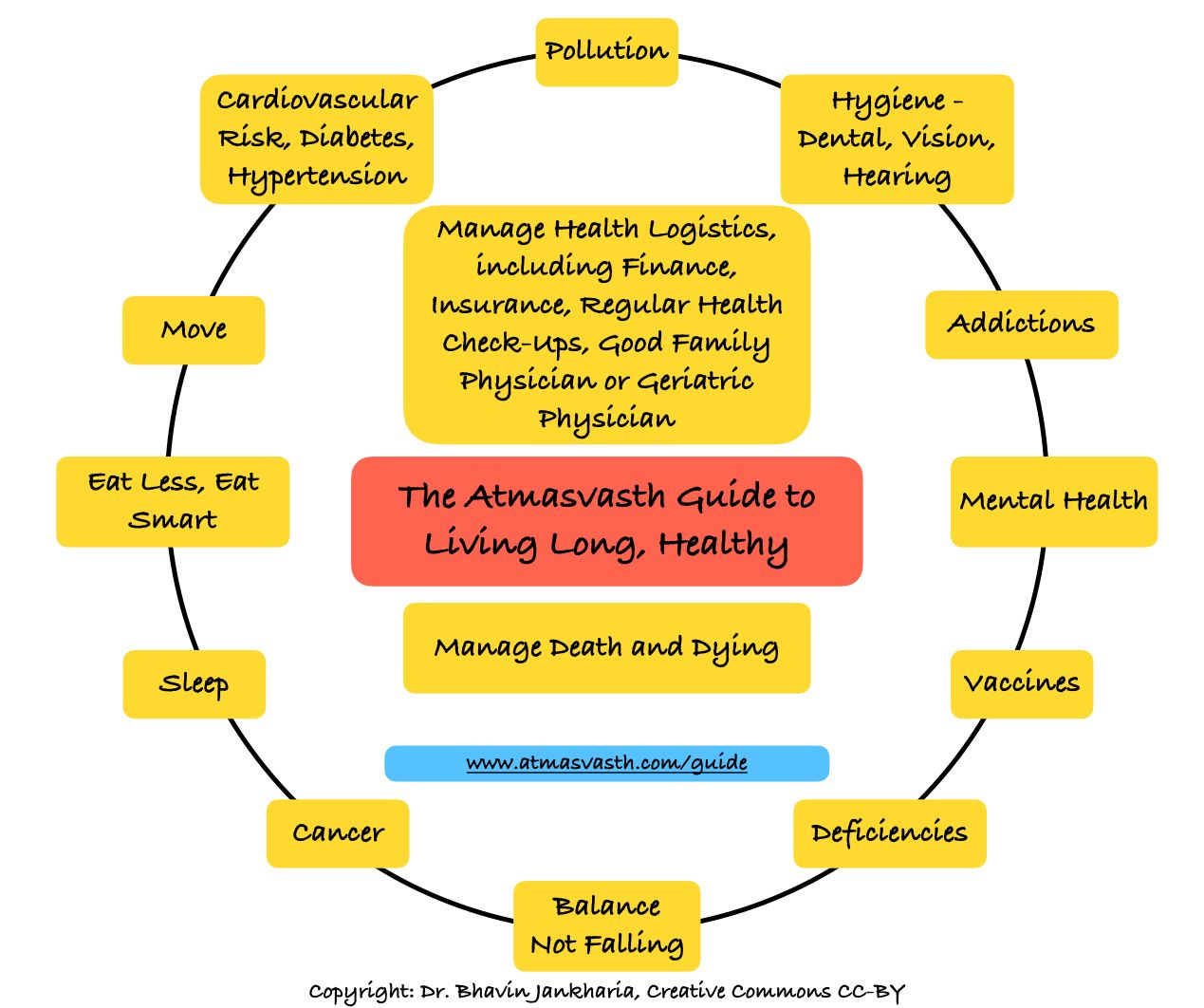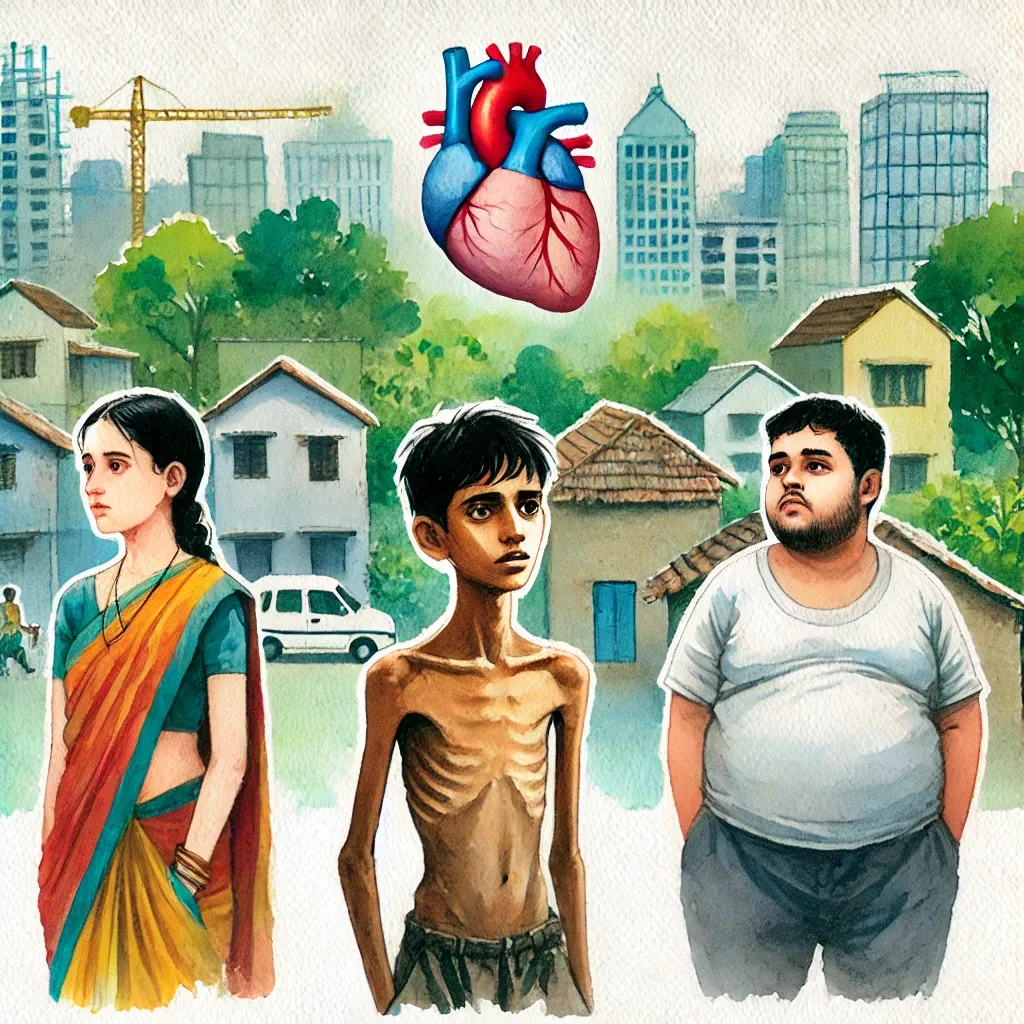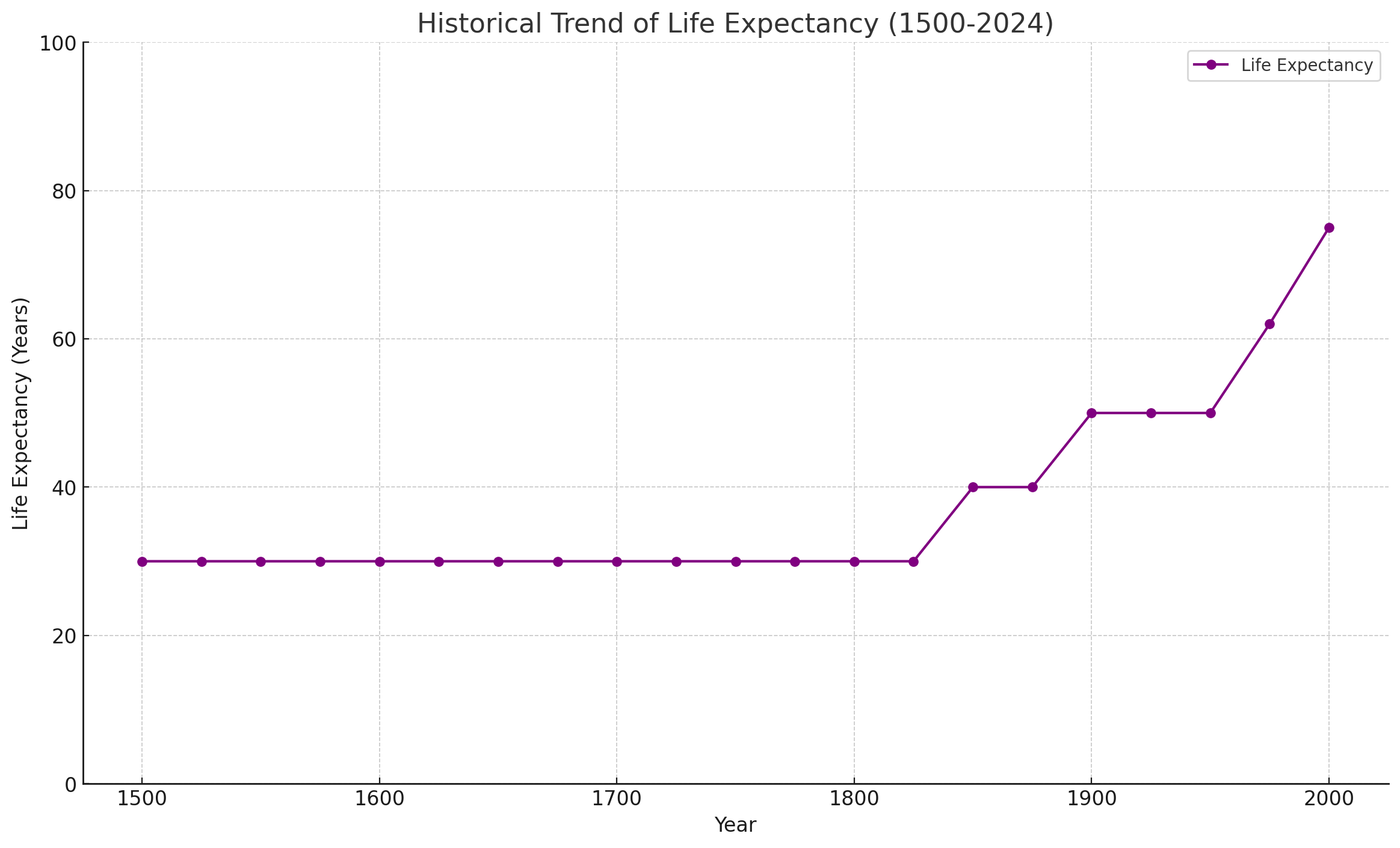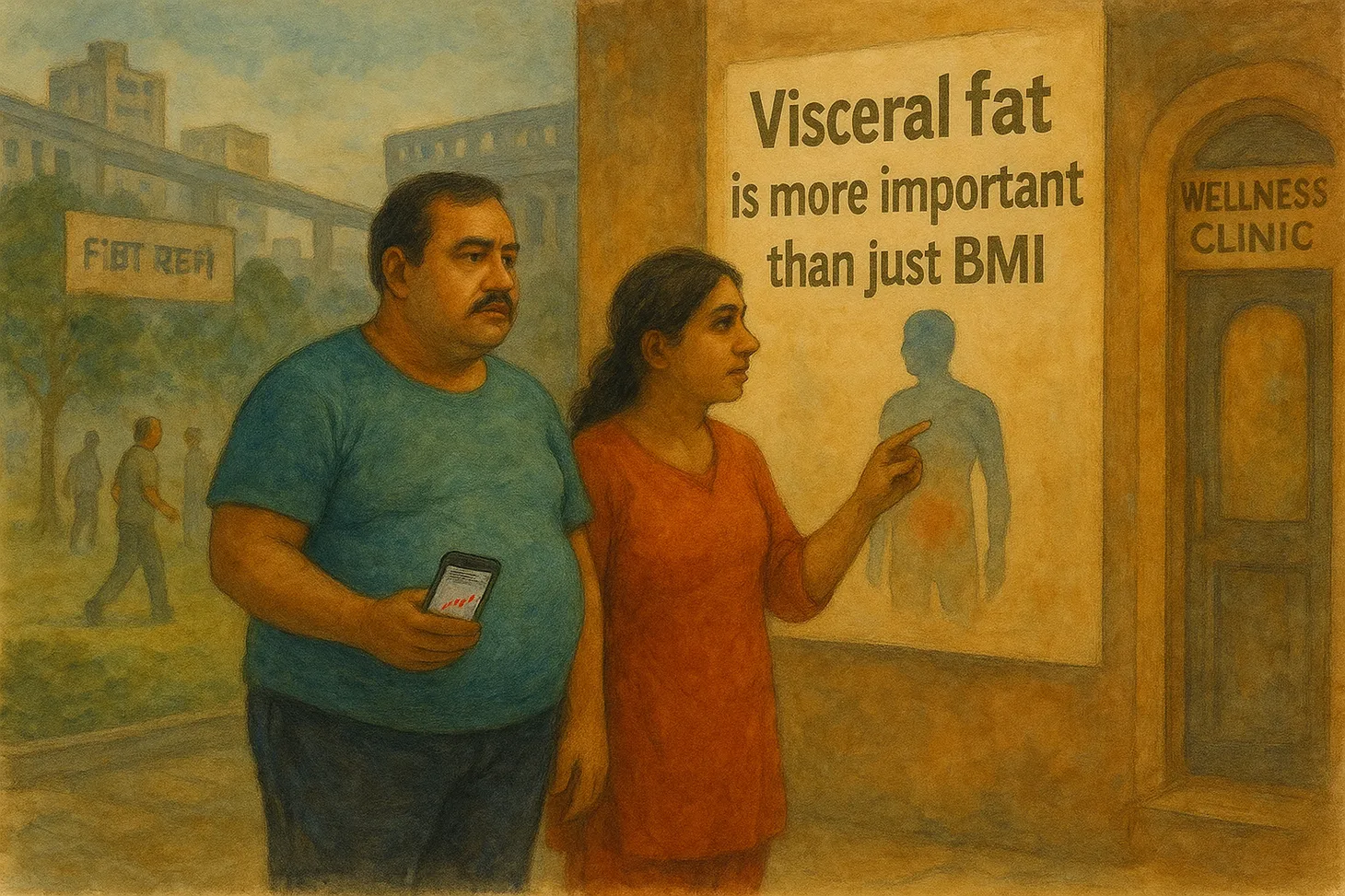The Overweight Myth: Why Overnutrition Is Better Than Undernutrition Every Single Time!
Why it is better to overnourished due to food availability than undernourished due to food scarcity, every single time

The Book - Kindle Version Now Available Worldwide

The Detailed 15-Point Guide to Live Long, Healthy

Audio
Text
One of the challenges of being part of an educated, supposedly literate strata of society is the ever-beating drum of obesity and overweight all around you…in the newspapers, on social media, among friends, at parties…it just doesn’t end. While it is always better to be overweight and fit than normal weight and unfit, this fact makes no difference to all the industries dependent on the impossible-to-break cycle of weight-gain, weight-loss, etc.
While the predominant focus of this industry is on beauty and looking good, the parallel din is that of the so-called bad medical effects of being overweight or obese, including increased risk of cancers and cardiovascular diseases (strokes, heart attacks, etc), though these studies rarely, if ever, further risk stratify to differentiate physically active from inactive people. The same problem exists with articles on ultra-processed foods (UPFs) that claim that UPFs are responsible for increased risk of diseases and reduced lifespan and healthspan. I will keep repeating this…if you are physically active, if you do strength training, if you walk or run…it barely matters what your weight really is and how much or what you eat and whether you are overnourished.
The rise of semaglutide and similar GLP-1 agonists as well as bariatric surgery is based on the premise that being overweight is harmful, that obesity and overweight are an epidemic, that overweight individuals are likely to die earlier than those who are not and that we need to control our weight at all times with these drugs and/or surgery instead of maintaining a physically active lifestyle.
Let’s unpack this.
Undernutrition as a mother or a child due to food scarcity or insecurity causes a significant increase in childhood and adult mortality [1].
Countries like India, with have experienced significant starvation, have had lower life expectancies, which are now increasing with improved access to food. While better sanitation, clean water, antibiotics, and vaccines are important, food access is crucial, regardless of its type, whether a UPF or packaged or farm-to-table.
Food insecurity in most countries has reduced due to the easy availability of globally produced imperishable and cheap items, which has in turn led to the “double burden of malnutrition” [2] in countries like India, where both undernourished and overweight children are now seen.

In all this research, we forget a simple fact: if you’re undernourished or your Mom was, usually due to poverty or lack of food access, or a regional famine, your life expectancy and health quality drop. Undernutrition and food scarcity directly kill [3], while overweight and overnutrition only kill indirectly, if at all.
The graph shows life expectancy hovering around 30-40 years over the last 30,000 years, then rising from the 1800s and dramatically increasing after World War II.

In the past, the number of people reaching 70 or 80 years of age was miniscule. However, since 1900, the number of people worldwide living beyond 70 and 80 has increased, leading to a shift where those over 70 will soon become the most prominent demographic. This is unprecedented and food security is likely the key reason for this shift. Classifying food as healthy or unhealthy only happens after achieving food security, not before. Hence, these classifications are relevant only to those who already have easy access to food. To those still living with food insecurity, any food is good food as long as it provides enough calories.
In short, an overweight person will live longer than someone who has experienced childhood starvation or undernutrition.
If you’re a middle class or richer Indian, you’re likely to easily live beyond 70 and being a little overweight won’t change that. How you manage big issues like being physically active, managing high blood pressure and sugar, not smoking, minimal alcohol, sleeping well, vaccines, and screening for those diseases, where screening makes a big difference will determine your healthspan, not how much or what you eat within sensible limits. Articles and posts that keep nitpicking about good food and bad food and superfoods and BMI and overweight, etc. should just be consigned to the trash and friends who keep harping about these issues, should be kept at arms’s length.
No country should have any child or mother facing food insecurity. The fact that a significant population in India is still affected is a complete failure of the administration. While overnutrition and overweight are issues to be addressed, they should be given less priority than ensuring everyone has enough food. Unfortunately, most politicians, administrators, and doctors today come from a class that has never faced food insecurity. So the focus has shifted to preventing diseases of the rich minority rather than ensuring food security and basic healthcare for the poor majority.
If you’re reading this, you’re part of the rich minority of this country. If looking good and thin and svelte and ripped are not a crucial part of your life, you don’t need to worry much about the food you eat, as long as the consumption is sensible (not less than 1500 calories, and not more than 3000 calories) and there is some control over salt, sugar and fat...with salt control perhaps being the most important.
It is better to be overweight and overnourished because you have easy food access than underweight and undernourished due to food scarcity or insecurity, anytime, anywhere in the world.
Footnotes
1. Pelletier DL et al. The effects of malnutrition on child mortality in developing countries. Bull World Health Organ. 1995;73(4):443-8.
2. NCD Risk Factor Collaboration (NCD-RisC). Worldwide trends in underweight and obesity from 1990 to 2022: a pooled analysis of 3663 population-representative studies with 222 million children, adolescents, and adults. Lancet. 2024 Mar 16;403(10431):1027-1050. doi: 10.1016/S0140-6736(23)02750-2. Epub 2024 Feb 29.
3. Habicht JP. Malnutrition kills directly, not indirectly. Lancet. 2008 May 24;371(9626):1749-50
Atmasvasth Newsletter
Join the newsletter to receive the latest updates in your inbox.



